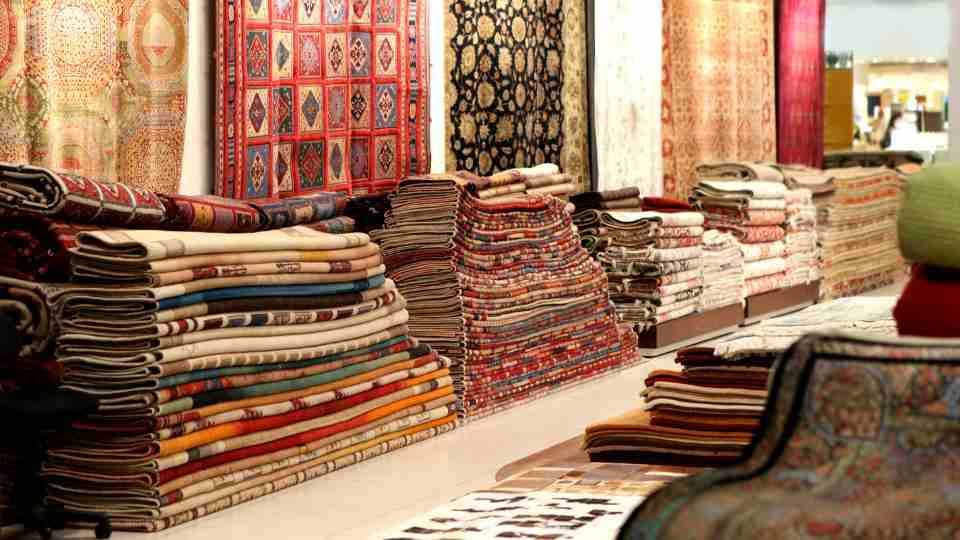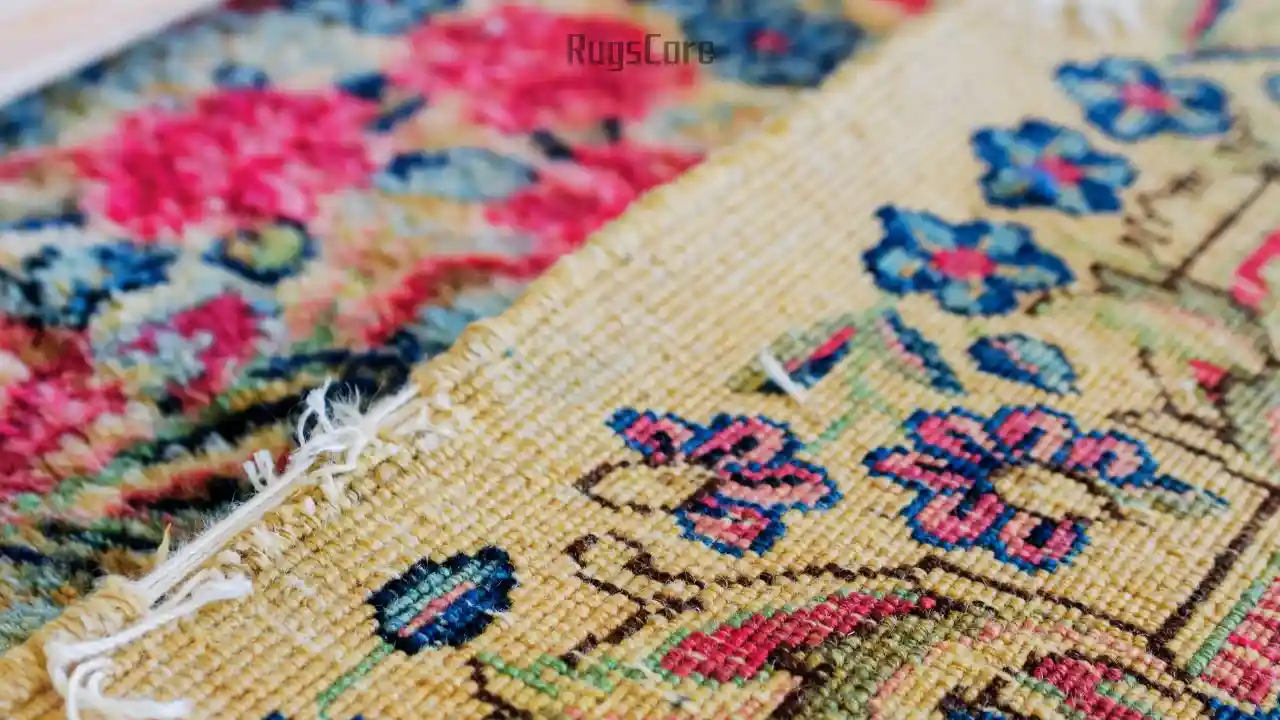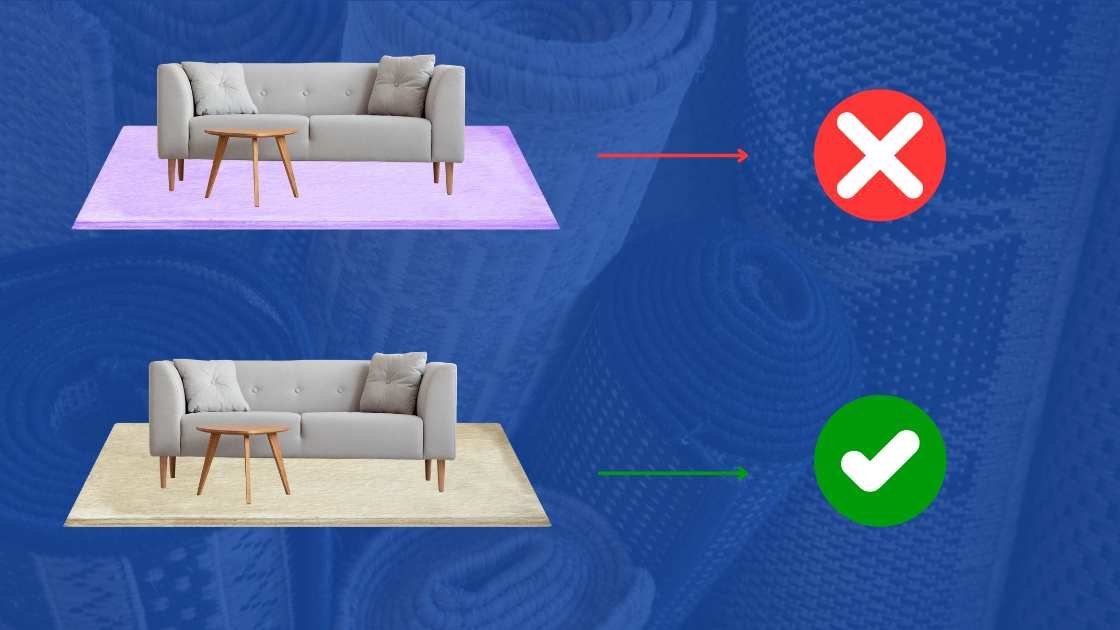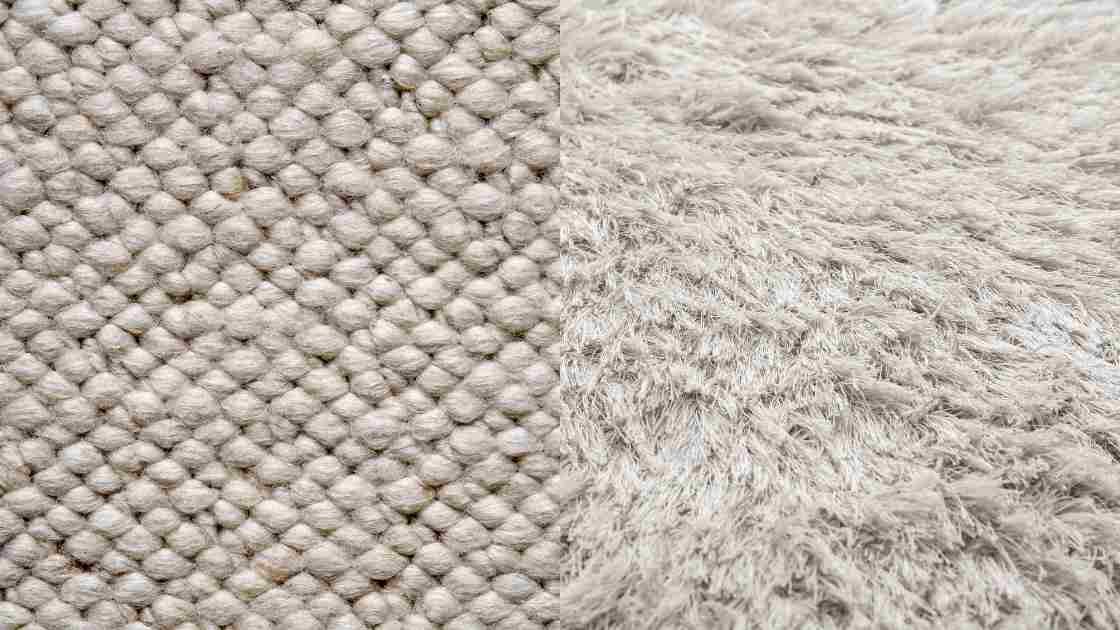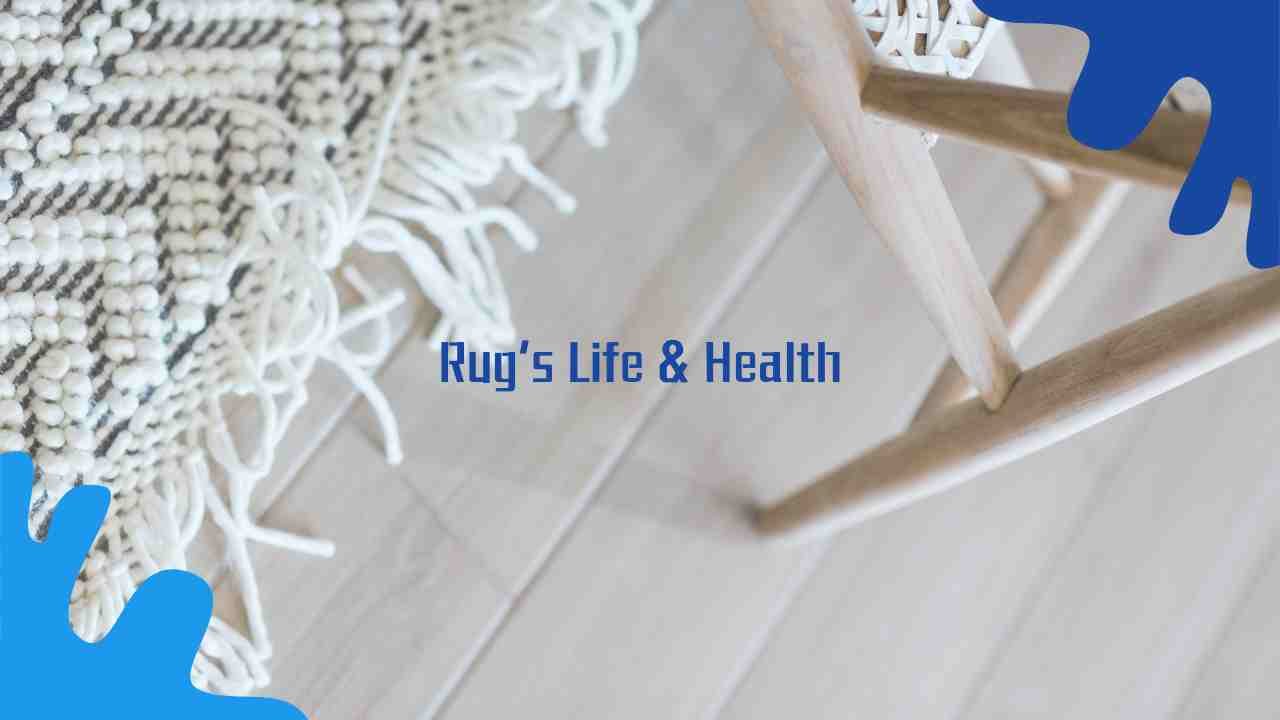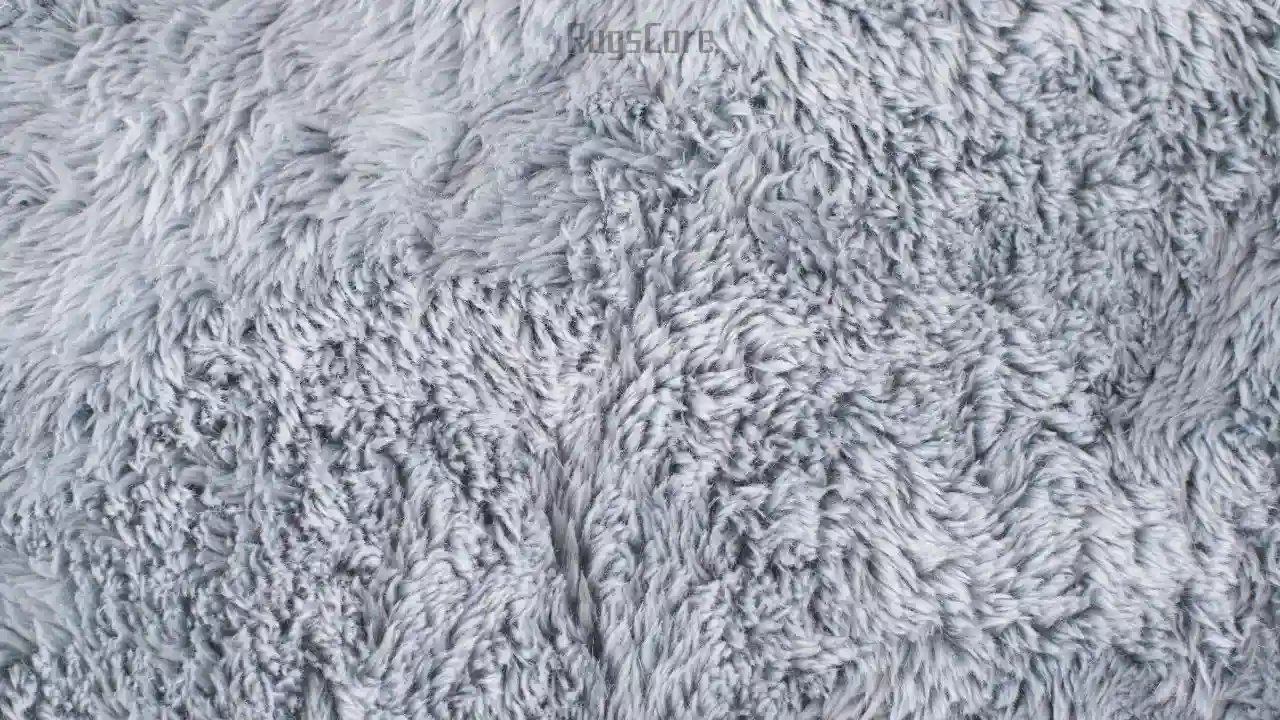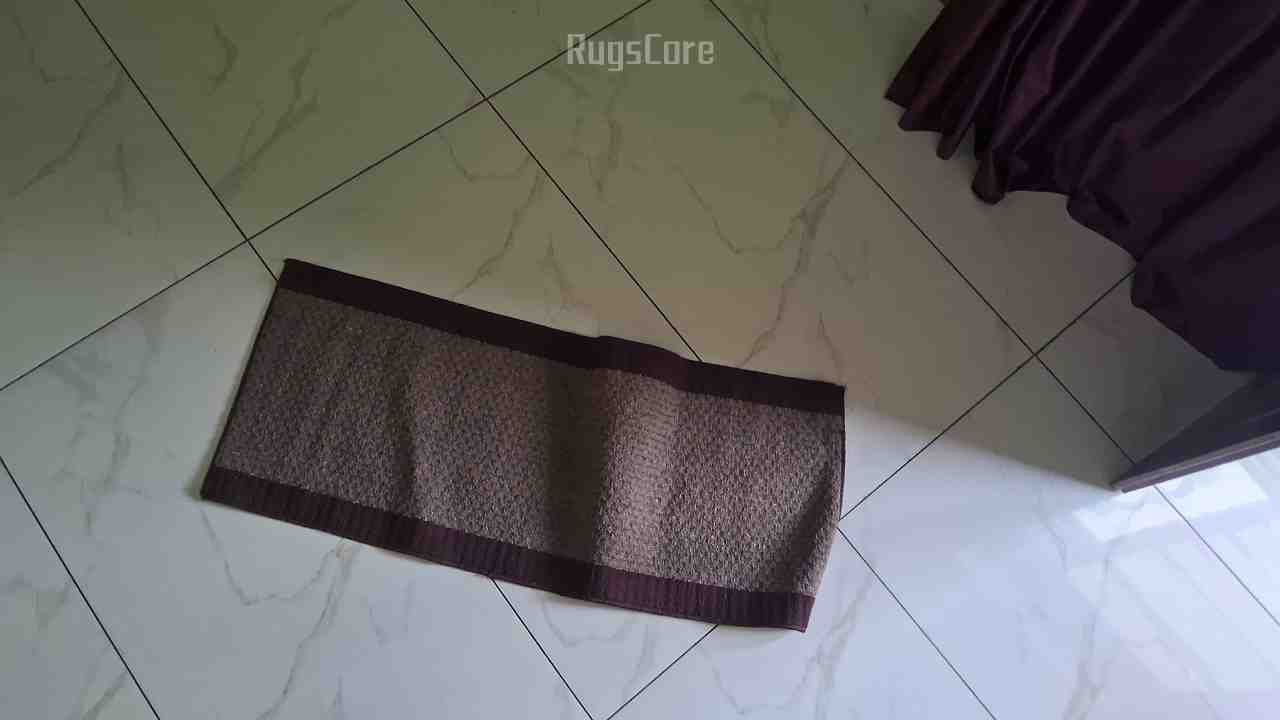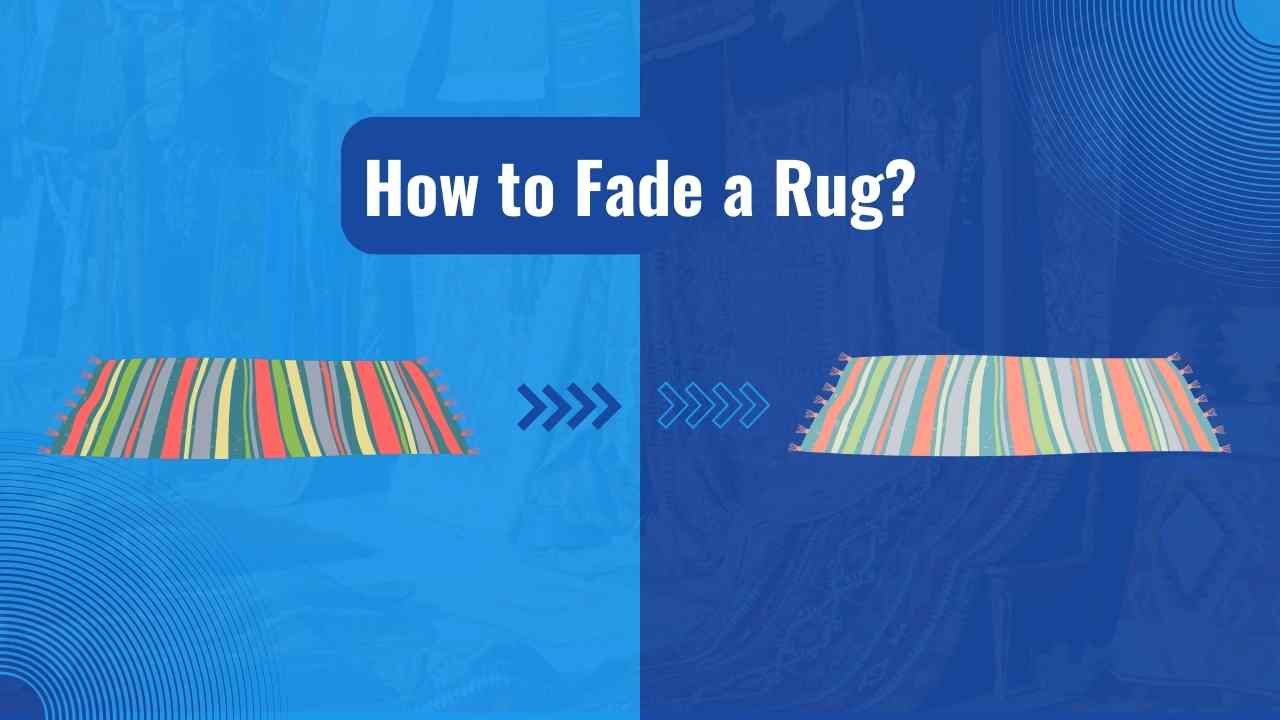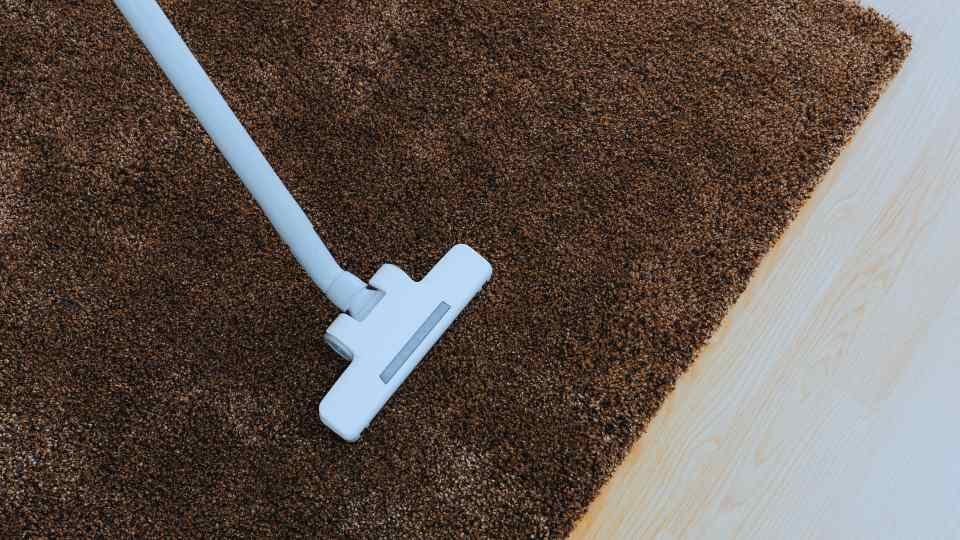Aside from expensiveness, Persian rugs are also prominent for their unique crafting and durability. A Persian rug’s fabric is so distinctive that it creates a huge significant impact on the overall appearance of your floor.
The technique used to weave a Persian rug is Persian knot, Ghiordes knot, Warp, and Weft. The modern machineries are heavily used in production of Persian rugs. However, for a true Persian experience, always opt for a hand-made rug.
To know the reason why are Persian rugs so expensive, one needs to dive into its history first. You need to learn about its origin and how it became popular to understand its expensiveness and luxuriousness.
History of Persian Rugs
Persian rugs are also known as Iranian carpets, as Persians were ancient Iranian people. The exact time of commencing weaving remains unknown. But these rugs were woven by various tribes, workshops, and royal courts around several regions of Persia.
The global famous Persian rugs are manufactured in towns like Safavid, Isfahan, Mashhad, Kerman, Tabriz, Ravar, Neyshabour, Kashan, Nain, and Qom. These weavers are known for their high-quality material, design, pattern, and color. Moreover, they have played a vital role in reviving the ancient weaving techniques of Persian rugs.
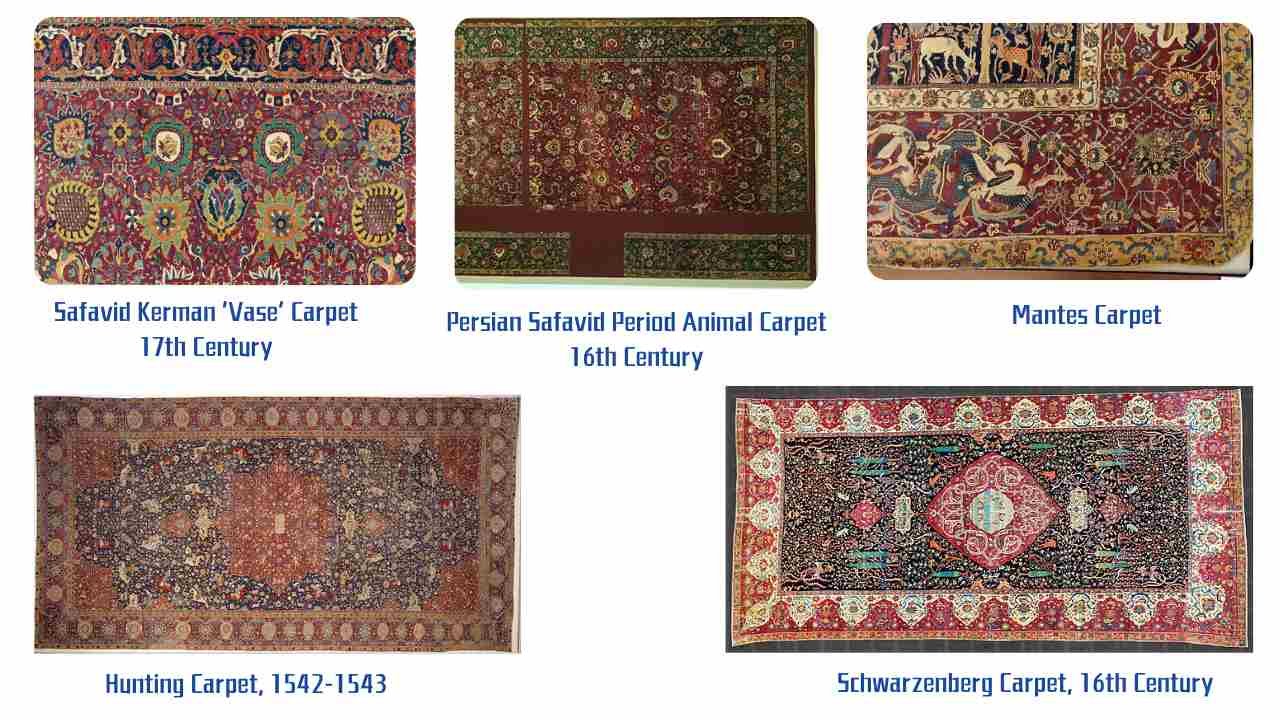
History explains the rich culture of Persian rugs like how they’re manufactured using the high-class material. Plus, they used to be mostly hand-made which requires extraordinary level skills.
Not only in Iran, they’re manufactured in Asia as well. And the rugs made in parts of Asia are known as oriental rugs. Though there’s a difference between Persian and Oriental rugs, somehow, they resemble the same.
5 Key Reasons Why Persian Rugs Are So Expensive
There are several factors that affect the cost of the a Persian rug. In this section, you’ll learn the five main reasons behind the high-cost of Persian rugs.
1. Lavish Handcrafting
Persian rugs indeed come with a lavish crafting that requires an extraordinary level of skills which only a limited number of weavers have. This crafting is mostly done with hands as a Persian rug is known for its compelling handmade art. And that level of art can only be achieved with handcrafting.
The artists have to come up with new ideas of motif designs to diversify the appearance of rugs. Since there is a very less number of such artists, it often results in time-consuming process for a mass production.
Moreover, a Persian rug is made using various weaving techniques. Ghiordes Knotting and Persian Knotting are some of the foremost techniques to craft.
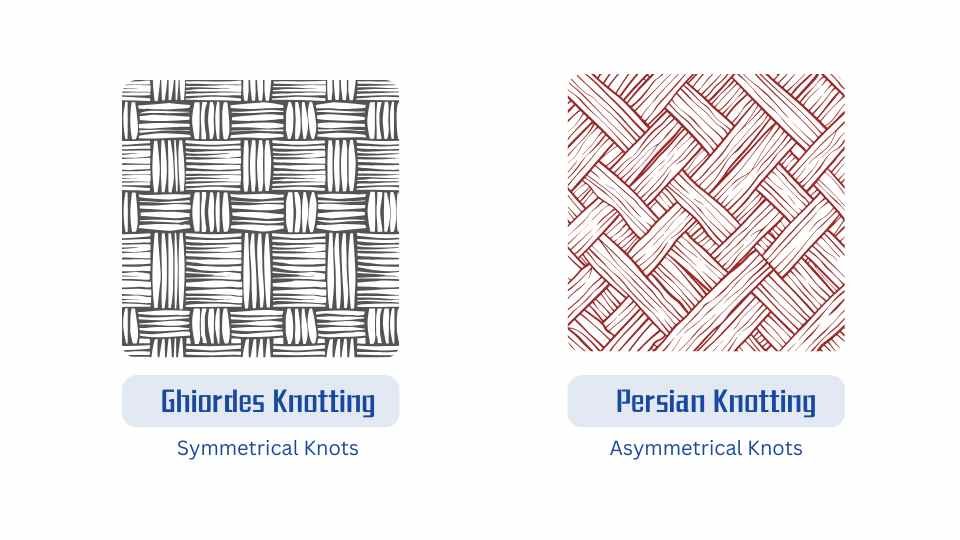
Ghiordes knotting involves the art of Turkish weaving. In this technique, fabrics are weaved using symmetrical knots i.e., all the knots are aligned equally in a row/column. On the other hand, Persian knotting involves asymmetrical knots.
2. Supreme Quality Fabric
Persian rugs are widely recognized for their quality of fabric and color. Even after the decades of usage, neither the fabric loses its condition nor the color fades away. These rugs are made from three fabrics – Wool, Cotton, and Silk.
Among the three, wool is the leading fabric. Such high-grade wool can only be obtained from a sheep. A sheep’s neck wool is used to make Persian rugs and it’s also called Kurk or Kork wool.
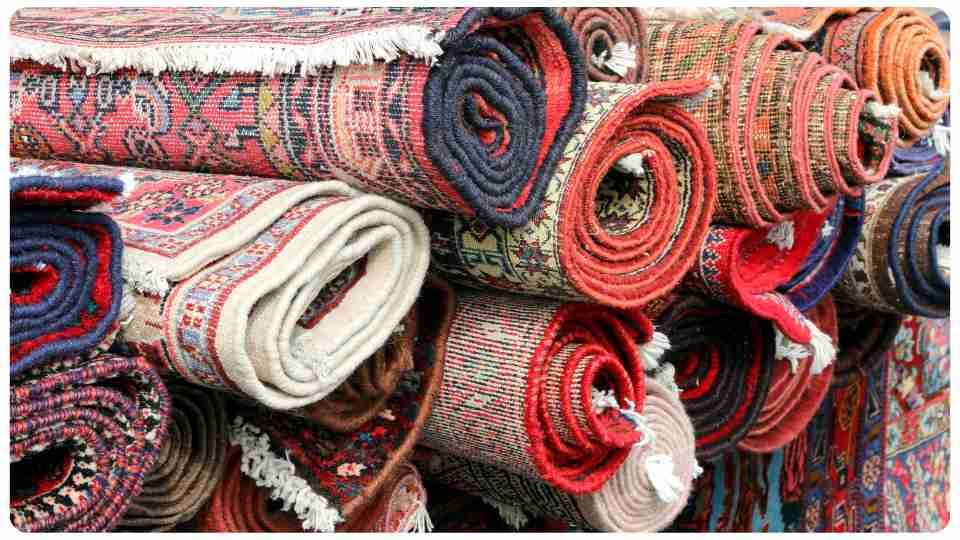
For the silk, it’s obtained from silk worms and the cotton from the fields. All of these elements are essential to manufacture a Persian rug. Besides, it’s hard to collect such elements in a bulk quantity. A lot of efforts are involved in collecting and turning them into threads for weaving process.
Hence, due to a challenge in obtaining the quality fabric, it becomes one of the prime reasons for Persian rugs expensive cost.
3. Premium Grade Dye Color
Unlike the other rugs, Persian rugs unconditionally rely on natural color process for dyeing the fabrics. These color are achieved from natural sources like plants, flowers and their roots. For each color, a different source is needed.
Here’s the table of the natural ingredients necessary for making dyeing color:
| Red | Dried Madder Root and Cochineal |
| Blue | From Indigo Plant |
| Yellow | Vine Leaves and Ox-eye Chamomile Flower |
| Brown | Walnut Husks |
| Green | Mixing Yellow and Indigo |
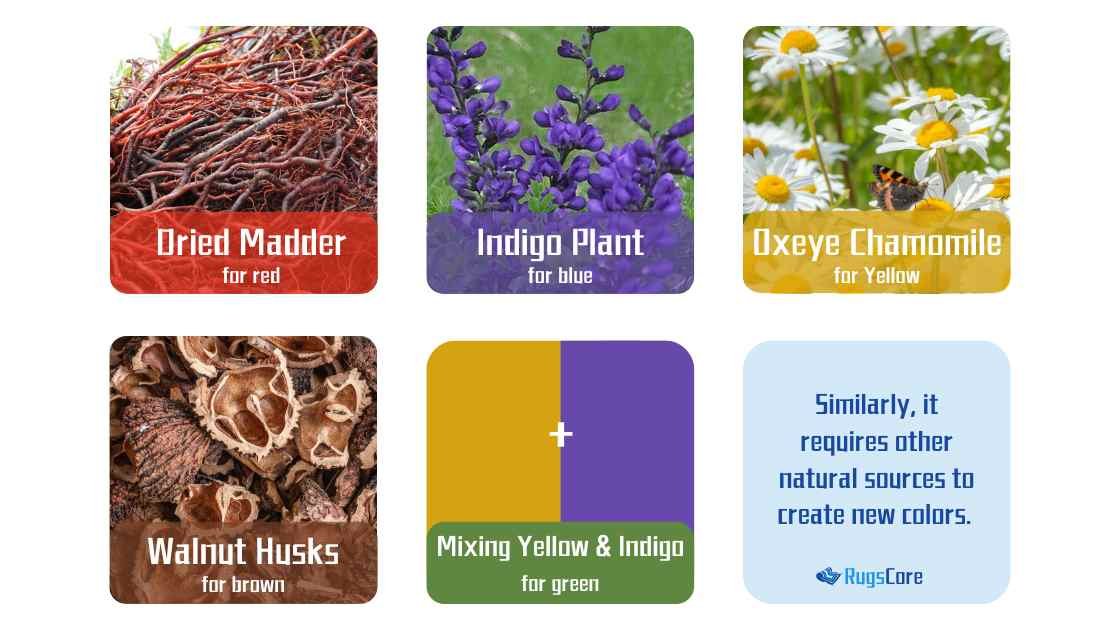
These are some of the most used colors in Persian rugs with their origins. Finding natural color sources is a tough and tedious activity. Besides, if you want any other color, it takes other sources and practices of mixing more than one color together to achieve the desired shades.
Furthermore, dyeing the fabrics is another onerous procedure. It requires from several days to weeks to achieve the desired results which last for decades.
4. Exporting to Different Regions
Even though Persian rugs are made only in Iran, their demand is very high in the United States. As a result, sellers import these carpets from Iran, paying a hefty sum for rugs as well as import and shipping fees. This further increases the price even more.
Some companies import only the fabrics from Iran and manufacture the rugs in their factories. That rug may look exactly like a Persian rug, but it does not give a real feel. Why? Because a true Persian rug experience can only be achieved when it is handcrafted.
Since only a handful number of people have this rug weaving skills, for that real experience, people tend to buy the rugs made only in Iran by an Iranian hand weaving expert. This costs more, but provides an immaculate experience.
5. Ancient Rugs on Auction
People who know the rich history of Persia (now Iran), also understand about how efficient the ancient Persian rug weavers were. Moreover, the materials and colors used that time were more authentic than the modern ones. Therefore, those rugs nearly had an everlasting quality even after centuries of usage.
Some of those rugs from centuries ago still exit at this time. But they’re mostly on museums and auctions. Furthermore, they’re also in a very limited quantity, resulting in sky-high price bidding.
According to Christie’s, a British auction house, a 400-year-old Polonaise Persian carpet was sold for £3m.
Similarly, an old Clark Sickle-Leaf Persian carpet was sold for $33.8m in New York on June 5, 2013. It’s known to be the most expensive rug ever sold in an auction.
From these stats above, you can estimate how valuable Persian rugs are and people would pay a hefty sum to preserve them at any cost.
Wrap Up
Persian hand weaving techniques are still alive, however, only a limited number of people have such handcraft. And when you’ve a high demand for something rare in production, it often results in price hike. This is the prime reason why Persian rugs are the most expensive.
